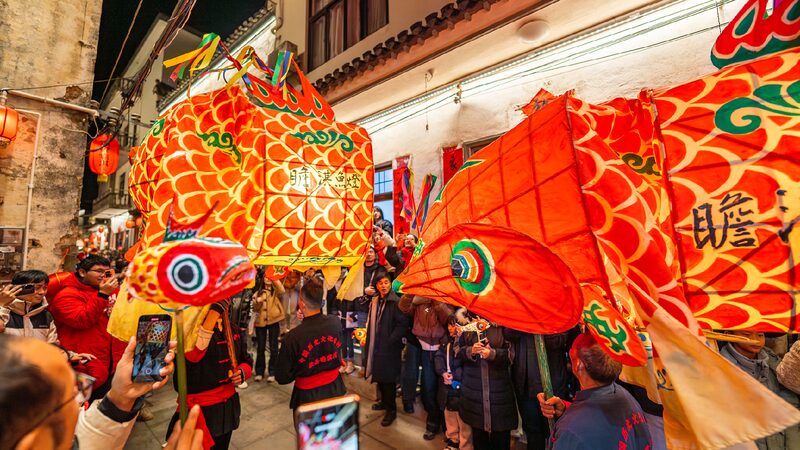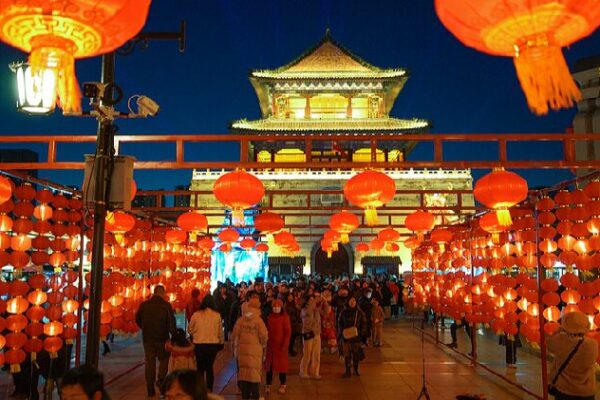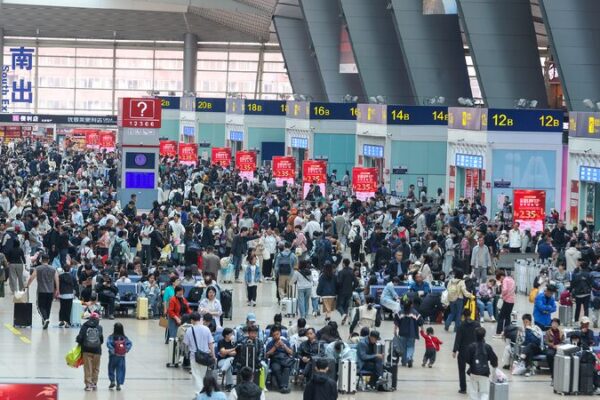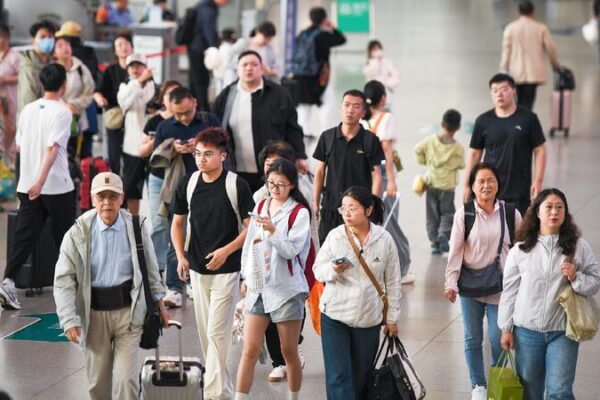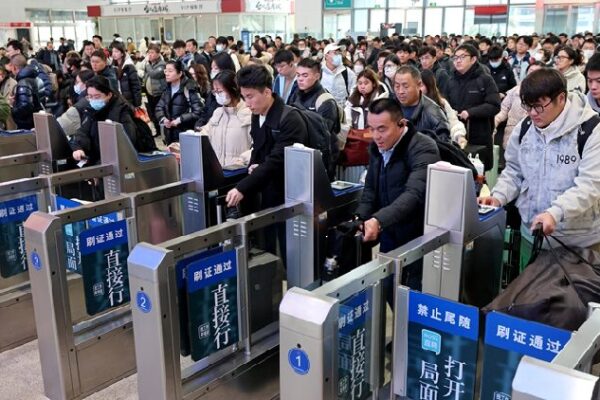China’s Spring Festival holiday in 2025, which ran from January 28 to February 4, witnessed a remarkable boom in tourism and consumption across the nation. According to the Ministry of Culture and Tourism, over 501 million domestic trips were made during the eight-day holiday, marking a 5.9% increase compared to the previous year. Domestic spending soared to 677 billion yuan (approximately $93 billion), up 7% from last year.
This surge is largely attributed to the Spring Festival being newly listed on UNESCO’s Representative List of the Intangible Cultural Heritage of Humanity. The recognition sparked heightened interest in cultural tourism, with museums experiencing unprecedented visitor numbers. Iconic institutions like the Palace Museum in Beijing, the Shaanxi History Museum in the ancient city of Xi’an, and the Sanxingdui Museum in Guanghan City, Sichuan Province, drew massive crowds of holidaymakers.
Traditional performances and cultural events also captivated travelers. Time-honored fish-shaped lantern festivals illuminated east China’s Huangshan City, enchanting many visitors. In south China’s Shantou City, the traditional Yingge dance, or “dance to the hero’s song,” attracted audiences who lingered to experience the vibrant local culture.
Data from Ctrip, a leading Chinese online travel agency, indicated that destinations featuring intangible cultural heritage saw a doubling in search volume. Cities like Kaifeng in central China’s Henan Province, Shantou in south China’s Guangdong Province, and Huangshan in east China’s Anhui Province reported a 20% to 40% increase in travel bookings compared to last year.
Winter tourism remained popular, with ski resorts in regions such as Yabuli in northeast China and Altay in northwest China welcoming high visitor numbers. Simultaneously, warmer destinations in southern provinces like Hainan, Guangxi, and Yunnan saw an uptick as people from northern China sought to escape the cold.
Technological innovations played a significant role in enhancing the holiday experience. From AI-guided tours to AI-themed temple fairs, tech-savvy attractions captivated younger audiences. In central China’s Liuyang City, renowned as the world’s fireworks hub, visitors were mesmerized by displays incorporating drones, holographic projections, and other cutting-edge technologies, creating breathtaking effects like meteor showers.
Cross-border tourism also experienced growth. The National Immigration Administration (NIA) reported 14.37 million international trips during the holiday, a 6.3% increase from last year. Of these, 7.67 million were made by residents of the Chinese mainland. Meanwhile, nearly 5.74 million visitors came from Hong Kong, Macao, and Taiwan, reflecting growth rates of 5% and 5.6%, respectively.
International tourists showed great enthusiasm for exploring China, with 958,000 foreigners making cross-border trips during the holiday—a 22.9% increase compared to the previous year, according to the NIA. Ctrip data revealed that bookings for inbound tourism surged, with ticket orders growing by 180% from last year’s holiday and hotel bookings increasing by over 60%.
Destinations highlighting intangible cultural heritage, such as Shijiazhuang City in north China’s Hebei Province, Fuzhou City in southeast China’s Fujian Province, and Xi’an City in northwest China’s Shaanxi Province, saw impressive growth in bookings—experiencing increases of 50%, 52%, and 97%, respectively.
With vibrant tourism, rich cultural celebrations, and tech-driven experiences, this year’s Spring Festival solidified its status as a global spectacle, resonating with both domestic and international travelers.
Reference(s):
Graphics: Spring Festival tourism and consumption boom in China
cgtn.com
